The Geran-2 UAV is a variant of the original Iranian-developed Shahed-136 used by Russia in special military operations in Ukraine.
The Geran-2 itself is an extremely dangerous heavy suicide drone (kamikaze), used to destroy military infrastructure or mechanical equipment deep in enemy territory.
However, until now, military observers have never recorded Geran-2 equipped with any reconnaissance cameras or recorded short-range sensors. Now, everything has changed, the Russians have upgraded and created its most fearsome version.
A Telegram channel called “Military Informant” reported on a significant upgrade to the Geran-2 suicide drone. Engineers have equipped the drone with a thermal imaging camera, marking a quantum leap in its operational capabilities.
Infrared thermal sensors were discovered in the latest version of the Geran-2 UAV. Photo: Military Informant/Telegram
Thermal imaging technology allows drones to detect heat signatures, allowing for precise targeting in darkness, fog or smoke.
This development has sparked curiosity among military analysts, technology enthusiasts and the public, as it signals a change in the way drones operate in modern warfare.
The upgrade raises questions about its impact on ongoing conflicts, particularly in Ukraine, where these drones are being used extensively. Why is this important? Thermal imaging enhances the drone’s precision strike capabilities, even in difficult conditions, potentially changing the dynamics of the battlefield.
The latest version of the Geran-2 incorporates advanced components that enhance its performance. A thermal imaging camera, combined with the computing power of the Nvidia Jetson Orin, has significantly increased its targeting capabilities.
The camera detects infrared radiation, allowing the drone to identify heat-emitting objects such as vehicles or people, even in complete darkness.
Unlike traditional optical systems, this setup works well in low-visibility environments. The Nvidia Jetson Orin processes data in real time, leveraging machine vision algorithms to analyze thermal images and guide the drone to its target.
Additionally, the Tallysman CRPA [Controlled Receive Pattern Antenna] enhances satellite positioning capabilities, ensuring resilience against jamming attempts.
Previous versions of Geran-2 were not equipped with cameras or close-range sensors. Photo: Sputnik
The direct radio control system further differentiates this model, providing the operator with real-time control, unlike previous Shahed-136 versions that relied heavily on pre-programmed routes.
Compared to previous versions, Geran-2 achieves greater autonomy and precision. These components work seamlessly together: the thermal camera captures heat signatures, the Jetson Orin processes them, and the CRPA antenna ensures the accuracy of guidance.
This combination enhances the drone’s effectiveness, making it a formidable tool in modern combat situations. The combination of these technologies sets the Geran-2 apart from other drones in the conflict, such as domestically produced Ukrainian models, which often lack such integrated systems.
With thermal imaging cameras and the computing power of the Nvidia Jetson Orin computer, Geran-2 becomes a "night assassin". Photo: GRU
The integration of thermal imaging into the Geran-2 reshapes Russia’s approach to drone warfare. Commanders can now deploy these drones in conditions that previously limited their effectiveness, extending their attack range. This upgrade challenges Ukraine’s air defenses, which rely on radar and visual detection.
The upgrades are fueling a technological arms race, with both sides trying to outdo each other’s improvements. Future versions of the Geran-2 could incorporate more advanced sensors or autonomy, further complicating defense efforts.
This development shifts the regional balance, forcing adversaries to reconsider their tactics. The broader strategic impact lies in how these drones affect the pace and intensity of conflict, potentially prolonging engagements as both sides seek technological superiority.
Source: https://khoahocdoisong.vn/nga-nang-cap-uav-geran-2-thanh-sat-thu-bong-dem-post1550242.htm


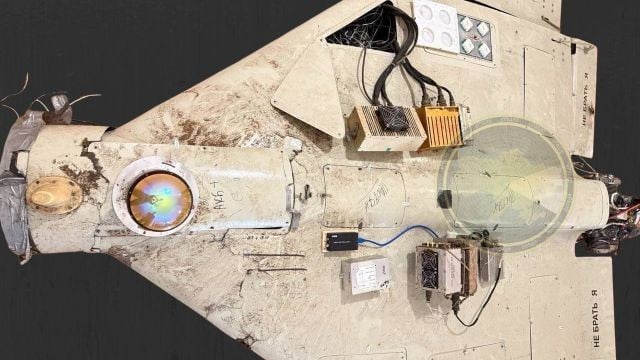
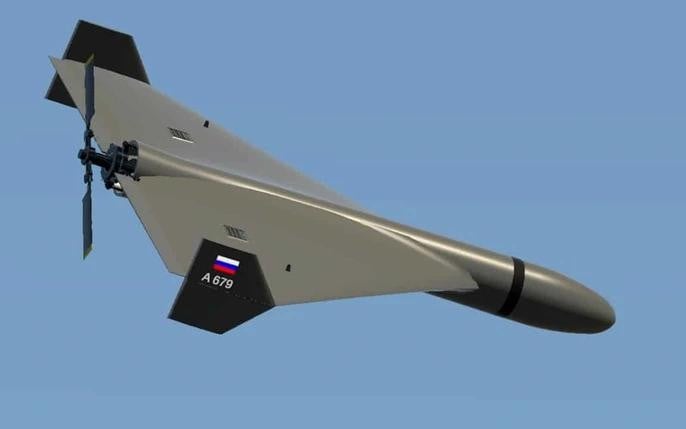
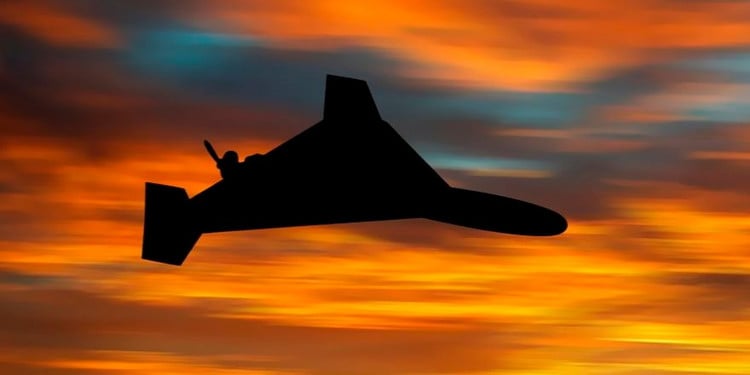




















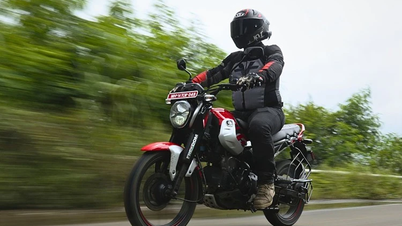
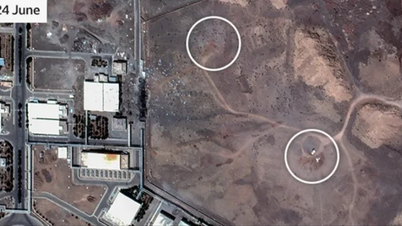
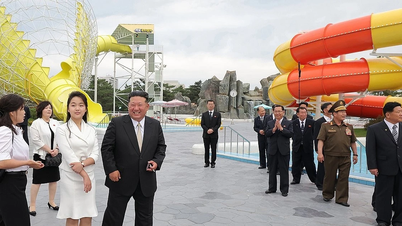

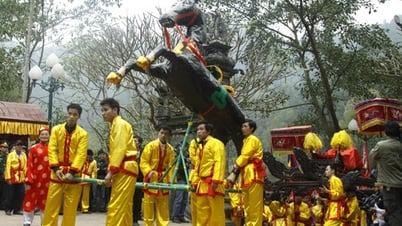

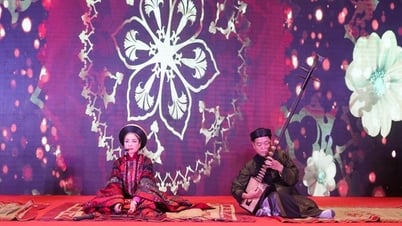






























































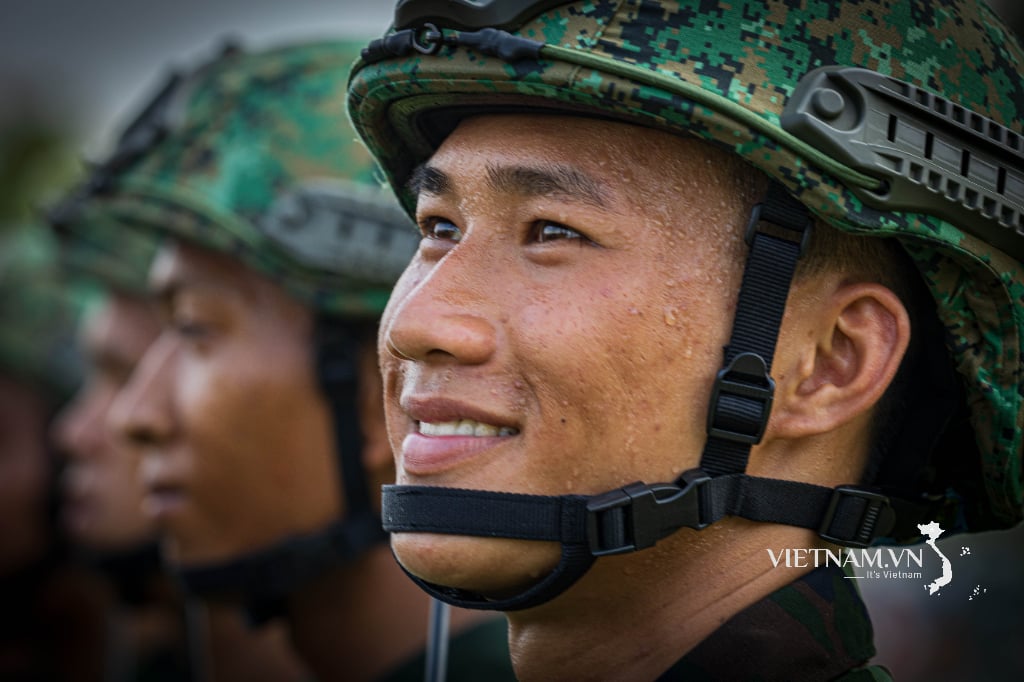
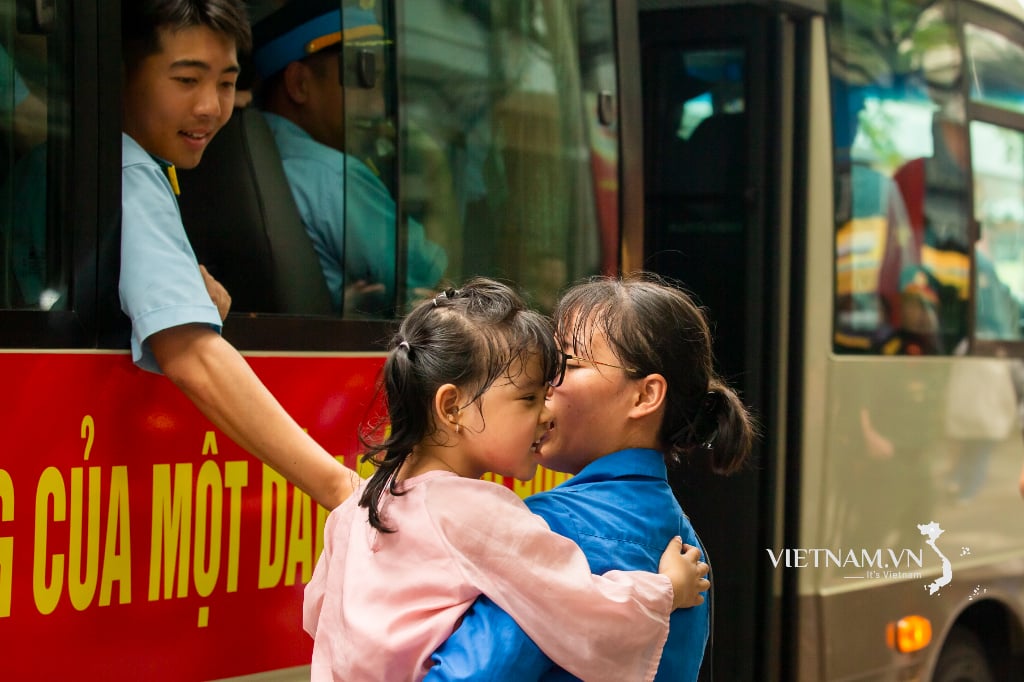
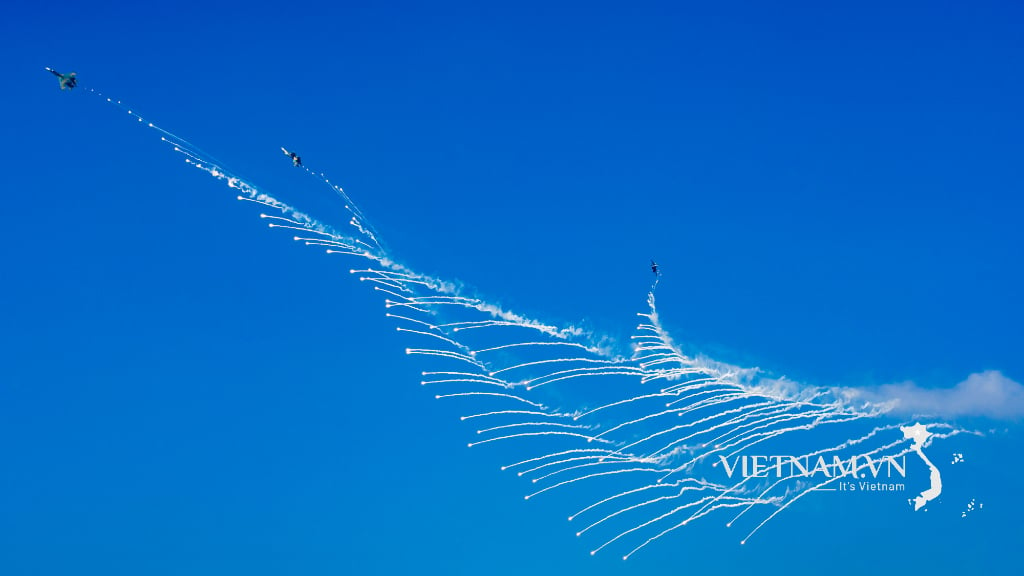
Comment (0)